Alumni Profiles
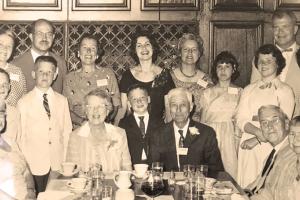
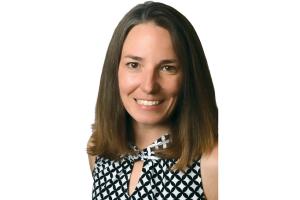
Heather Benning ’96 never thought she would be part of conversations that decided the course of the NCAA basketball tournament and other collegiate sports championships.
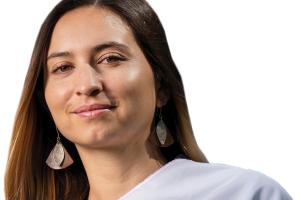
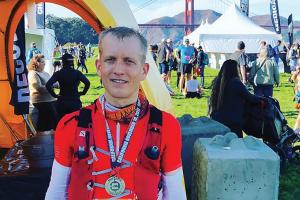
When racing was shut down by the pandemic, Neil Martin ’99, clinical director of radiation oncology and co-director of the Prostate Cancer Center at Dana-Farber/Brigham and Women’s Cancer Center in Boston, didn’t stop. He did dozens of 26.2-mile training runs, the equivalent of 57 marathons in a row. Running was a stress reliever at an incredibly stressful time.
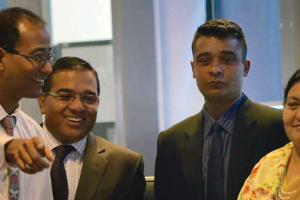
Born and raised in Nepal, Suyog Shrestha ’06 knew early on that he wanted to study physics in the United States; and in the summer of 2002, he came to Grinnell. Now a particle physicist, he’s been working at CERN (the European Organization for Nuclear Research), just outside Geneva, Switzerland, for the past decade.
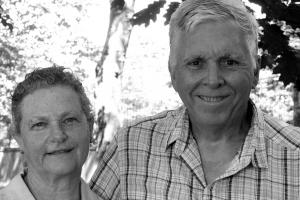
Booking concerts for the College led to the Stanford's work with Cajun culture, and from there to an album, an art exhibit, and a book.
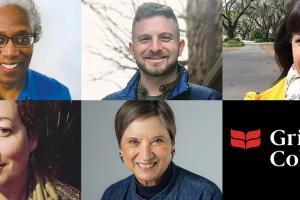
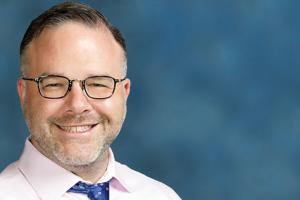
Josh Blue ’01 faced one of the tougher challenges posed by the pandemic: how to ensure young students continue to learn amid drastically altered learning environments.
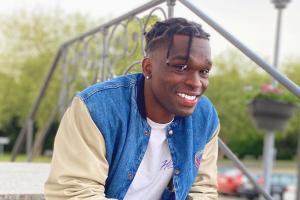
As a result of his own challenges finding services in Grinnell, Kyle Parker ’17 founded ClipDart, an on-demand mobile barber service for people who do not have reliable access to barbershop services that focus on their specific hair care needs.
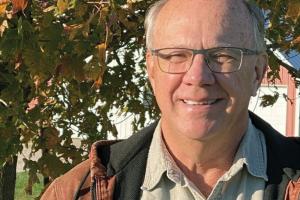
Over his 35-year information technology career, Dave Dale ’78 has seen campus technology grow from the mid-1980s era, when students had access to a handful of computer terminals near huge mainframes, to today’s wireless campus, where students, faculty, and staff can go nearly any
